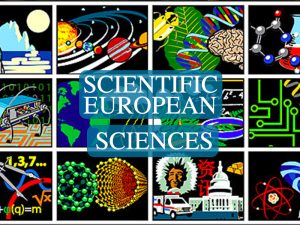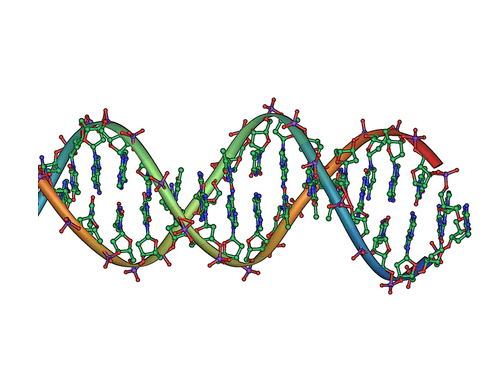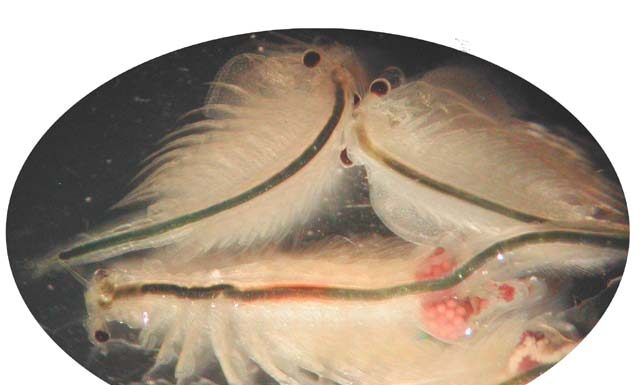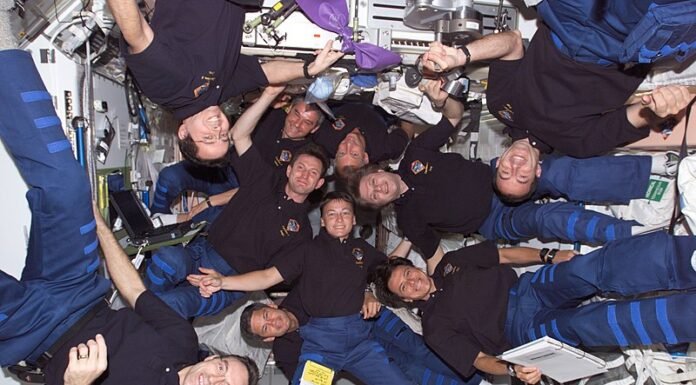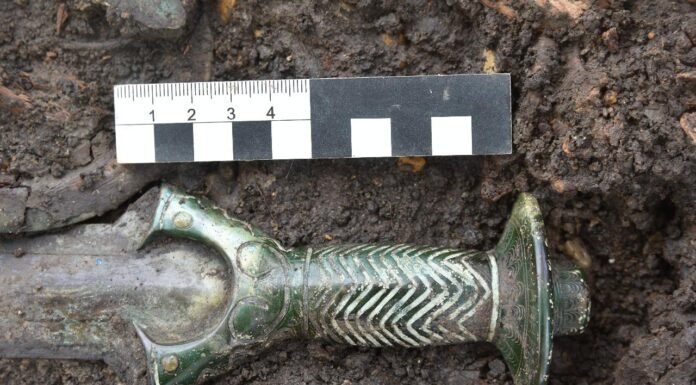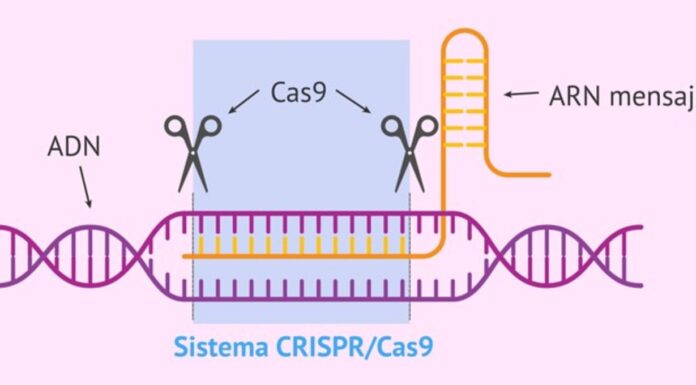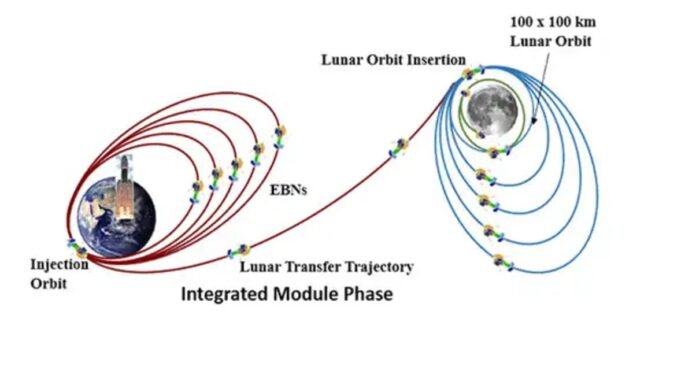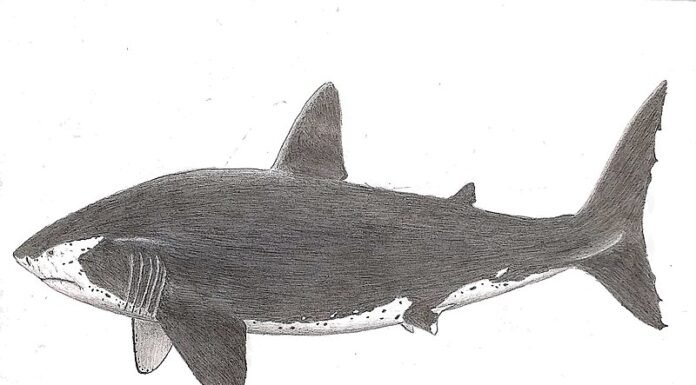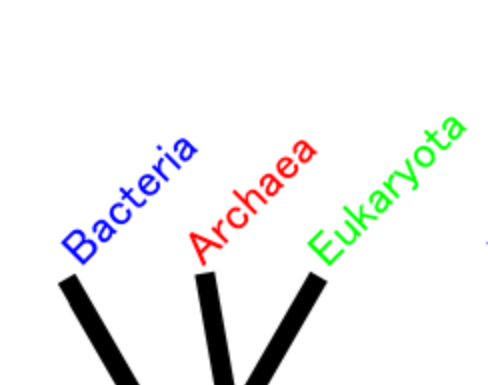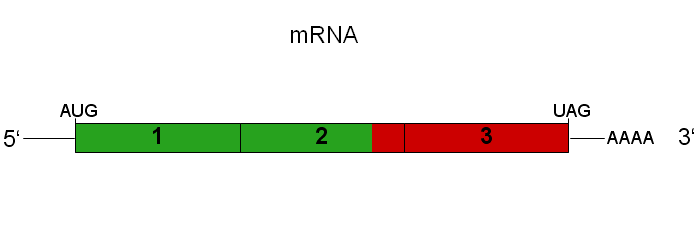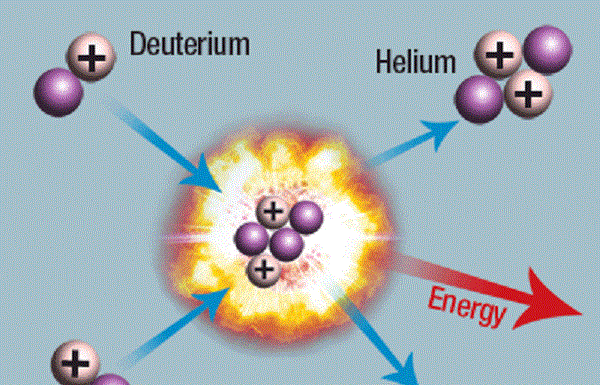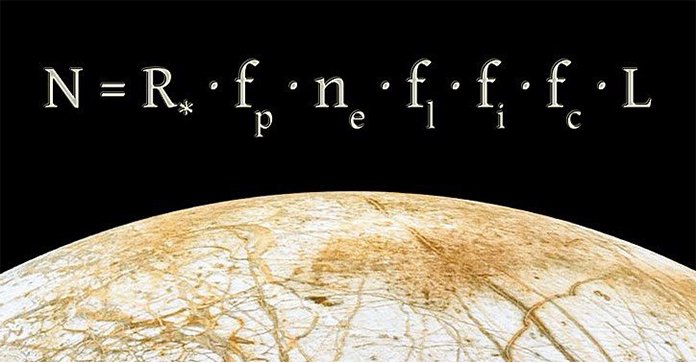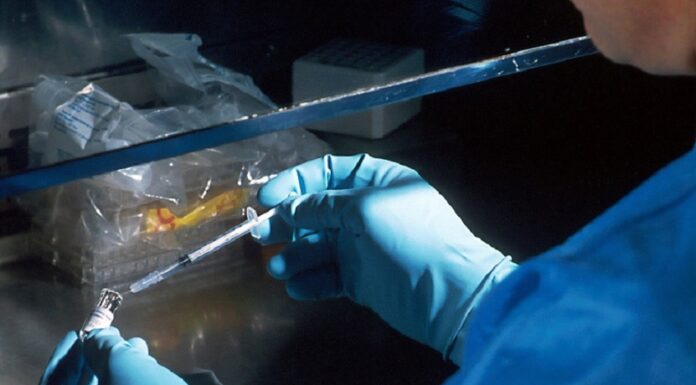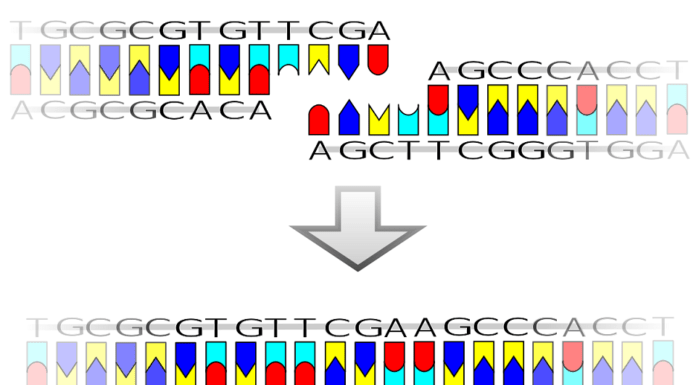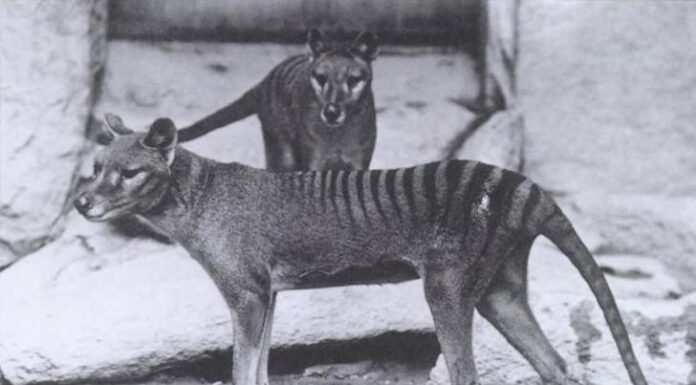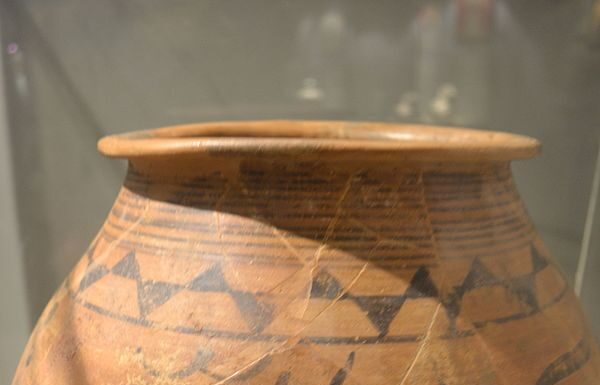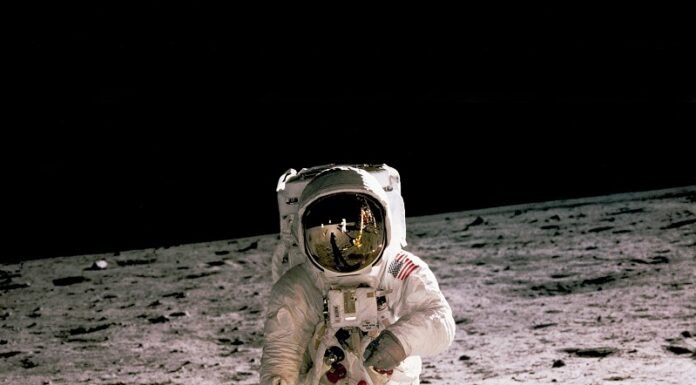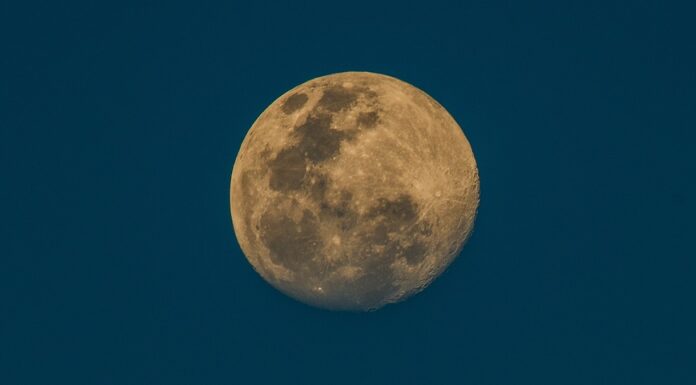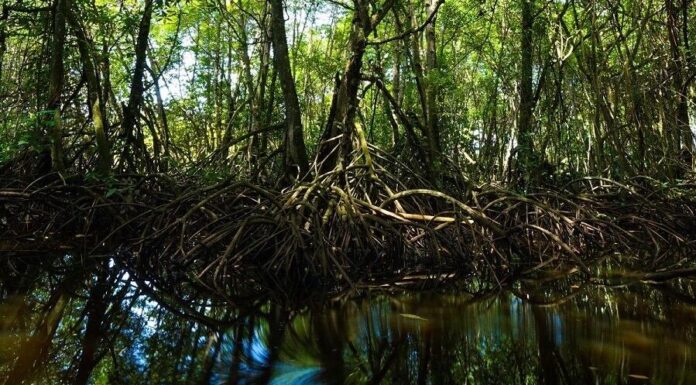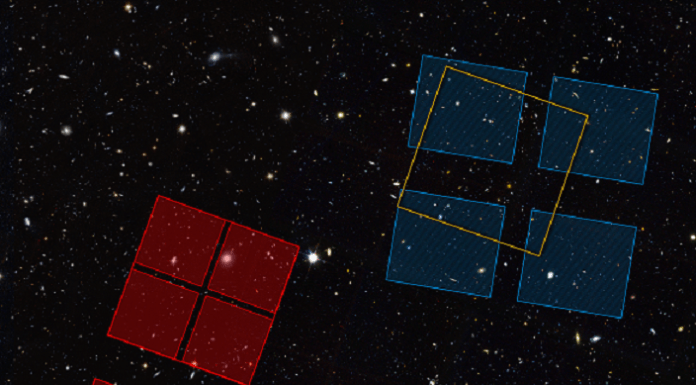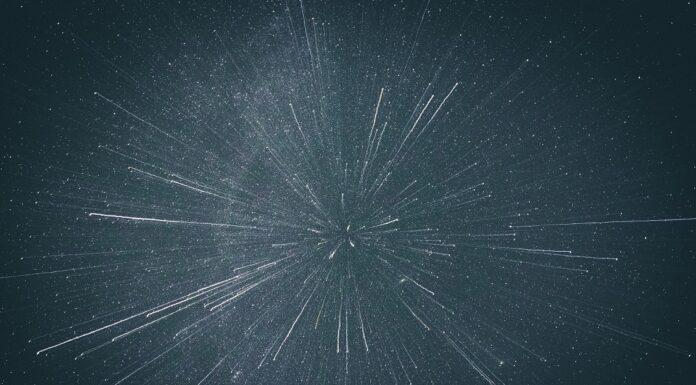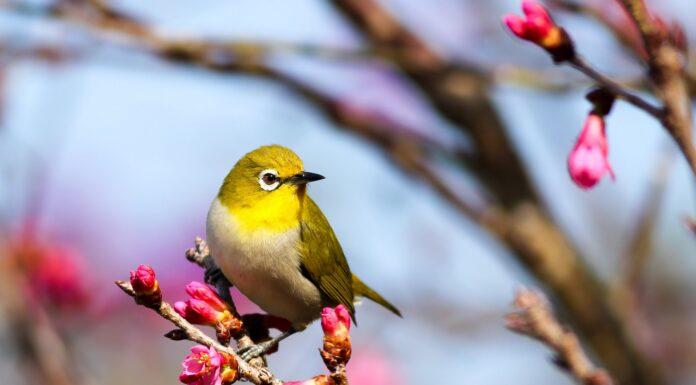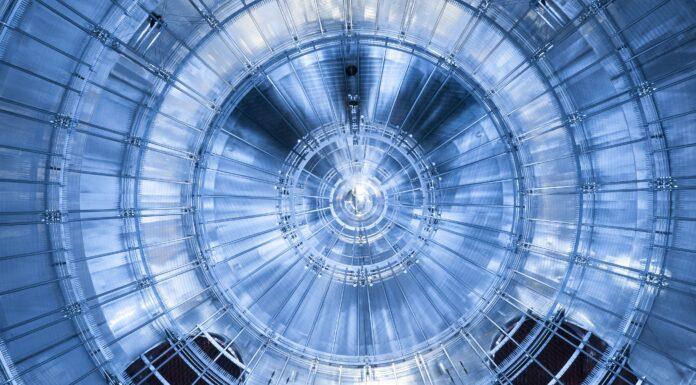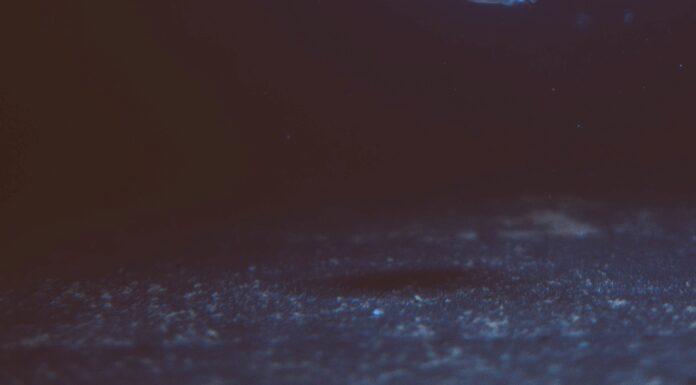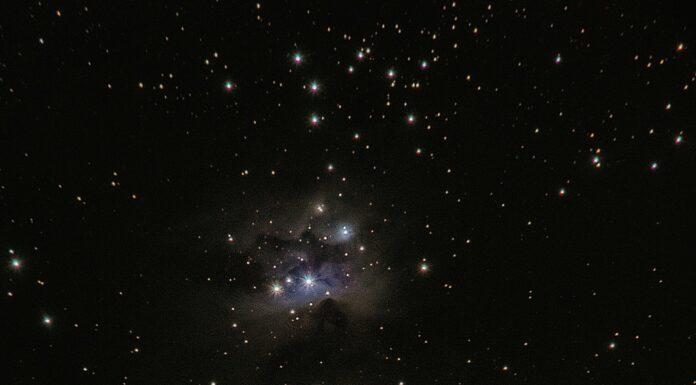Information about “family and kinship” systems (which is routinely studied by social anthropology and ethnography) of prehistoric societies is unavailable due to obvious reasons. Tools of ancient DNA research along with archaeological contexts have successfully reconstructed family trees (pedigrees) of...
Some organisms have ability to suspend life processes when under adverse environmental conditions. Called cryptobiosis or suspended animation, it is a survival tool. Organisms under suspended animation revive when environmental conditions become favourable. In 2018, viable nematodes from late...
Non-native English speakers face several barriers in conducting activities in science. They are at disadvantages in reading papers in English, writing and proofreading manuscripts, and preparing and making oral presentations in conferences in English. With little support available at...
During excavations in the Donau-Ries in Bavaria in Germany, archaeologists have discovered a well-preserved sword that is over 3000 years old. The weapon is so exceptionally well preserved that it almost still shines.
The bronze sword was found in...
“CRISPR-Cas systems” in bacteria and viruses identify and destroy invading viral sequences. It is bacterial and archaeal immune system for protection against viral infections. In 2012, CRISPR-Cas system was recognised as a genome editing tool. Since then, wide range of...
Chandrayaan-3 moon mission will demonstrate ''soft lunar landing'' capability of ISRO. This mission will also demonstrate lunar roving and conduct in-situ scientific experiments. The mission is a steppingstone towards ISRO’s future interplanetary missions.
India’s space agency ISRO has successfully launched...
Extinct gigantic megatooth sharks were at the top of the marine food web once. Their evolution to gigantic sizes and their extinction are not well understood. A recent study analysed isotopes from the fossil teeth and found that these...
The traditional grouping of life forms into prokaryotes and eukaryotes was revised in 1977 when rRNA sequence characterisation revealed that archaea (then called 'archaebacteria') are ‘‘as distantly related to bacteria as bacteria are to eukaryotes.‘' This necessitated grouping of living...
Unlike conventional mRNA vaccines which encodes only for the target antigens, the self-amplifying mRNAs (saRNAs) encodes for non-structural proteins and promotor as well which makes saRNAs replicons capable of transcribing in vivo in the host cells. Early results indicates that...
The scientists at Lawrence Livermore National Laboratory (LLNL) have achieved fusion ignition and energy break-even. On 5th December 2022, the research team conducted controlled fusion experiment using lasers when 192 laser beams delivered more than 2 million joules of UV...
The first detection of carbon dioxide in the atmosphere of a planet outside the solar system, the first image of an exoplanet by JWST, the first image of an exoplanet ever taken at deep infrared wavelength, the first detection of...
Scientists have replicated the natural process of mammalian embryonic development in the laboratory up to the point of development of brain and heart. Using stem cells, researchers created synthetic mouse embryos outside uterus that recapitulated natural process of development...
RNA ligases play an important role in RNA repair, thereby maintaining RNA integrity. Any malfunction in RNA repair in humans seems to be associated with diseases like neurodegeneration and cancer. Discovery of a novel human protein (C12orf29 on chromosome...
Ever changing environment leads to extinction of the animals unfit to survive in the changed environment and favours survival of the fittest which culminate in evolution of a new species. However, thylacine (commonly known as Tasmanian tiger or Tasmanian wolf),...
Chromatography and compound specific isotope analysis of lipid remains in ancient pottery tell a lot about ancient food habits and culinary practices. In the last two decades, this technique has successfully been employed to unravel ancient food practices of...
Half a century after iconic Apollo Missions which allowed twelve men to walk on the Moon between 1968 and 1972, NASA is set to embark on ambitious Artemis Moon Mission designed not only to create long term human presence on...
One of the most beautiful things about mother Earth is presence of an atmosphere. Life on Earth would not have been possible without the lively sheet of air that completely embraces Earth from all around. In the early phase...
Observation of 26 cm radio signals, formed due to hyperfine transition of cosmic hydrogen offer an alternative tool to the study of early universe. As for neutral epoch of the infant universe when no light was emitted, 26 cm...
Thiomargarita magnifica, the biggest bacteria have evolved to acquire complexity, becoming of eukaryotic cells. This seems to challenge the traditional idea of a prokaryote.
It was in 2009 when scientists had a strange encounter with microbial diversity that exists in...
James Webb Space Telescope (JWST), the space observatory designed to conduct infrared astronomy and launched successfully on 25 December 2021 will enable two research teams to study earliest galaxies in the universe. The research teams will use JWST’s powerful...
In recently published papers, researchers have estimated the rate of supernova core collapse in the Milky Way to be 1.63 ± 0.46 events per century. Therefore, given the last supernova event, SN 1987A was observed 35 years ago in...
A new, complete dataset of comprehensive functional trait for all birds, called AVONET, containing measurements of more than 90,000 individual birds has been released courtesy an international effort. This would serve as an excellent resource for teaching and research...
KATRIN experiment mandated to weigh neutrinos has announced a more precise estimate of the upper limit of its mass - neutrinos weigh at most 0.8 eV, i.e., the neutrinos are lighter than 0.8 eV (1 eV = 1.782 x 10-36...
Some microbes in the deep-sea produce oxygen in a hitherto unknown way. In order to generate energy, the archaea species ‘Nitrosopumilus maritimus’ oxidises ammonia, in presence of oxygen, to nitrate. But when researchers sealed the microbes in airtight containers, without...
In order to explore the dark energy, the Dark Energy Spectroscopic Instrument (DESI) at Berkeley Lab has created largest and most detailed ever 3D map of the Universe by obtaining optical spectra from millions of galaxies and quasars. The...






























